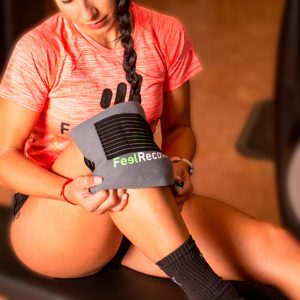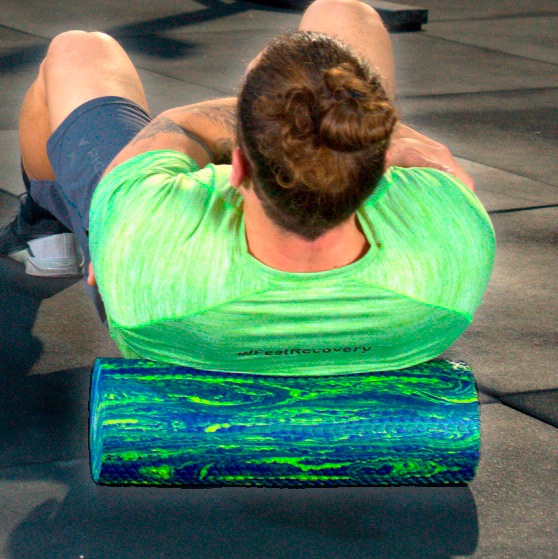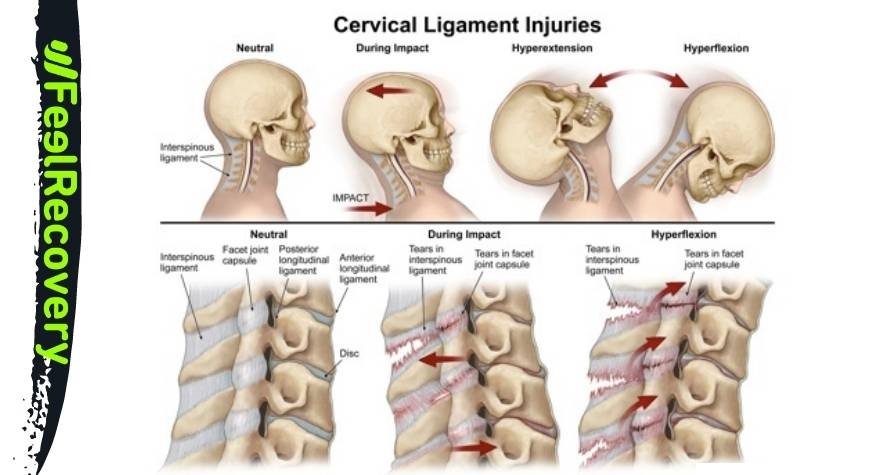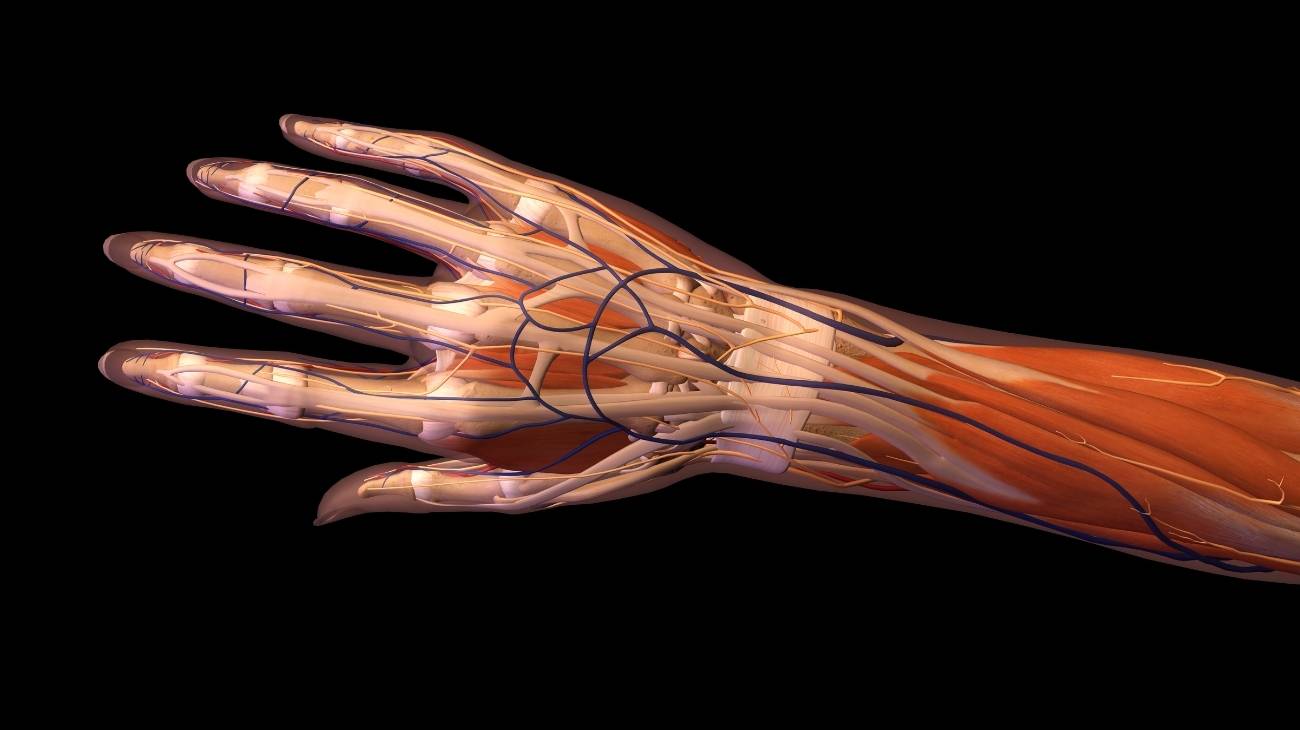Neck Anatomy
Knowing the anatomy of the neck will help you prevent neck injuries. You will also be able to quickly detect which muscle, bone or ligament is causing discomfort at the base of your head. So, if you want to learn in depth what this cervical area is, read on. We will explain the bones, ligaments and muscles in this region of the body and their biomechanics.
Featured Categories




















